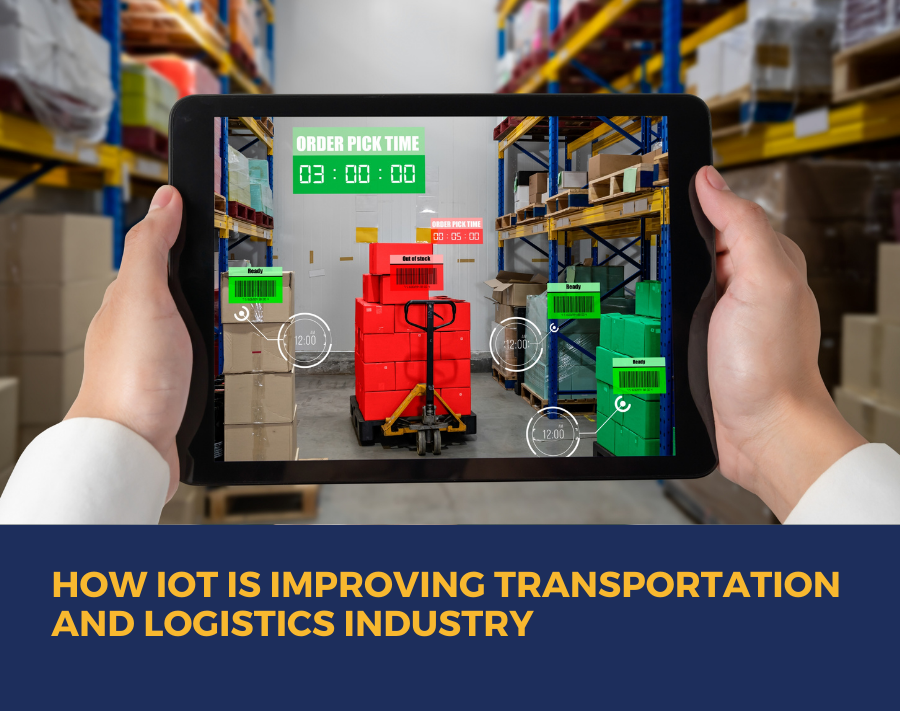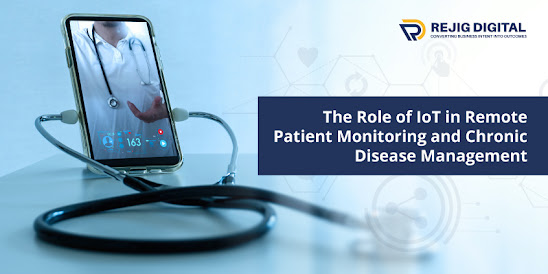How IoT Is Improving Transportation and Logistics

The Internet of Things is an emerging technology that has taken various industry sectors by storm. Talking about the emergence of IoT in logistics, it can bring digital transformation by streamlining things, enhancing networking, and improving administration. The transportation and logistics sector can leverage the benefits of the Internet of Thing in innovative solutions.
Here are the top use cases of IoT for the transportation and logistics sector.
Six Applications of Internet of Things in Logistics
1. Fleet Management
One of the biggest use cases of the IoT in logistics is managing a fleet of vehicles. Because of sensors and gadgets installed in the vehicles, it is easy to fetch real-time information about the condition or position of the vehicle, fuel level, or driver details.
Checking the significant parts of vehicles like tire pressure, coolant level, etc. can limit sudden breakdowns. With on-the-move access to information, it is significantly simpler and powerful to deal with transportation into logistics.
Here the GPS concept remains very useful. Connected devices can gather information through GPS and send it to the centralized control system.
IoT arrangements in transportation can be utilized to see how drivers are coordinating. Get the details about the speed of a vehicle, the time between stops or in any event, driving propensities, and so on.
All this information can help logistics and transportation companies to show their drivers the most convenient route and enables their fleet to consume less fuel.
Another approach to utilize IoT is by introducing sensors and gadgets to keep up with temperature and stickiness inside the fleet. It’s critical while moving medicines and varieties of foods or perishable items.
2. Stock and Inventory Management
Another benefit of the Internet of Things in logistics is inventory management. It is possible to ensure timely movement of stocks or products to and fro into a warehouse using IoT-based solution.
Furthermore, dealing with the stockroom space effectively to help the conveyance of merchandise can be quick and simple. Besides, IoT in transportation & logistics helps with upgrading space and finding products from a warehouse with great ease.
Introducing sensors in the distribution center can assist companies to replenish stock with little inventory left. This is quite a decent method to oversee restricted space in the stockroom while eliminating the possibility of shortage or no-stock situation.
source: iot in logistics



Comments
Post a Comment